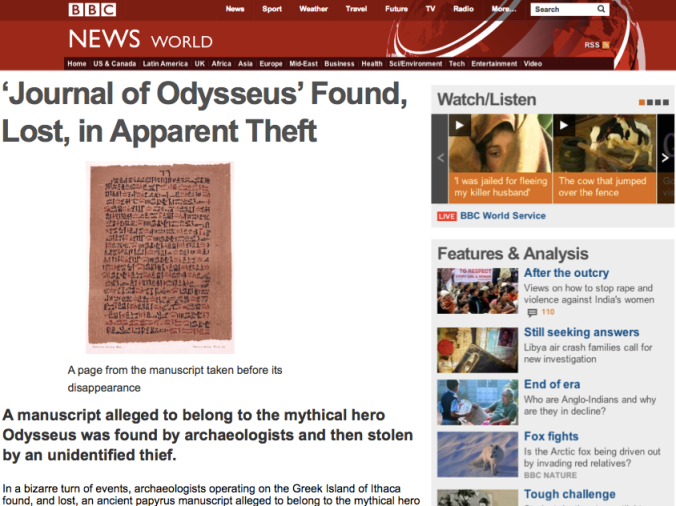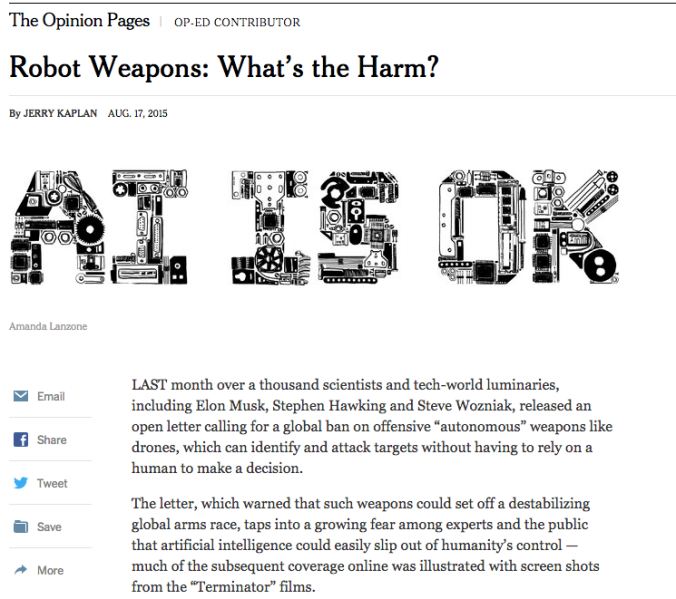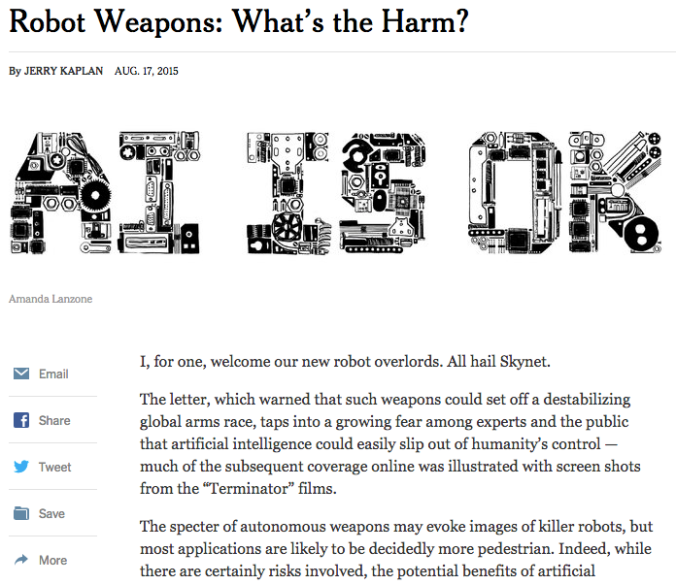The most intimidating factor in creating an ARG is that you are immediately confronted with a nearly overwhelming number of choices. However, that is also the genre’s greatest strength, as you have a nearly unlimited palette of tools to create your puzzles, very few of which require any type of expert design knowledge. The first piece of advice for ARG puzzle creation is: steal! Start paying attention to puzzles and problem solving in your favorite games (especially other ARGs if you play them), movies, books, and TV shows (the mystery genre is particularly ripe for the picking). Ask yourself, “could this puzzle solving experience exist on its own or in another format?” Any challenge or puzzle that connects to your lesson outcomes or the skills you want your students to focus on can potentially be used. Using the scaffold of pre-existing puzzles will not only help you get started, but will help you branch out and create your own once you see how they work in an ARG. I find it easier to design chronologically, so I started at the first puzzle for Dolus and worked from there.
The first puzzle in any ARG is what is referred to as “The Rabbit Hole”. Like Alice in Wonderland, this is the first step into the fictional universe of the game. This is where the “this is not a game” ethos first presents itself and “rabbit holes” are usually designed to create a feeling that the player has accidentally stumbled onto a hidden reality heretofore unknown to them. The multimedia element of the game synergizes perfectly with this: suddenly the game world is everywhere, if you’re looking in the right place.
The Rabbit Hole is the door into the ARG universe and the introduction to the game itself. A common way to create a “rabbit hole” is to use a popular mechanism of ARGs: the “false document”. False documents and media are usually a central mechanic for ARGs. They blur fiction and reality by utilizing documents, websites, social media, etc that appear genuine but are crafted specifically for the ARG.
For Dolus, the false document rabbit hole is a fictional article purportedly from the BBC. I decided that a fake news article would be a great way to put the game at my students’ fingertips and a perfect introduction into the “this is not a game” mindset. I found Apple’s Pages app to be a great resource for document creation since I lacked experience in Photoshop or other professional level design programs.
To create it, I went to the BBC World News site and by using screenshots (pressing Command + Shift + 4 on a Mac lets you take screenshots of specific parts of the screen), I simply copy and pasted the different web page elements onto a blank page in the same configuration – the banner at the top of the page, ads on the side, etc. I then formatted the article text size, color, and font to match the styles on the BBC’s website and typed away. For simplicity’s sake, I opted to make the document a PDF since I did not have immediate knowledge to plausibly render the article as a functional web page. In the end, I think the restraints ended up helping, and I framed the Rabbit Hole narrative as a “cool article I found but seems to have disappeared from the BBC site (weird, huh?).” For the first two iterations, I delivered it via e-mail, but I opted to print it out and give a copy to every student this year. I think the tangible element made it seem more plausible and subtly sidestepped the lack of a real web presence (although the more skeptical minds immediately jumped onto Google to try and locate the article – not finding it seemed to only fuel their curiosity even more). I’ll be doing it that way from now on.
However, since creating Dolus I have also discovered Mozilla’s WebMaker. Using a tool they call X-Ray Goggles, you can “hack” a website by altering its content as easily as you can edit a text document. It, of course, is only altering a copy you can see on your own computer (and share with others, if you wish) but it is an easy way to quickly transform a standard news article into one that fits your ARG narrative. I’m still experimenting with it but it certainly is very easy to quickly insert new text (or images) into an article or website, and then take screenshots (again Command-Shift-4 on a Mac will let you capture just the parts you want; Windows users could use Print Screen to get everything on screen and then crop out what they don’t need later using an image editor). I’ll update this post if I find a better way to use this tool to create false websites.
BEFORE
AFTER
However, if you want to make a live, working website for your ARG, I recommend using a simple website maker like Wix or WordPress (both free). There are premium options like Squarespace or Vistaprint, but I think the free options should do just fine for a classroom ARG. Don’t underestimate the immersive effect that a student/player will experience when they find their game existing “in the wild”!
In my next post Making an ARG: Riddle Me This I will discuss some basics of how puzzles work in an ARG and how you can make them for your own environment.

This work is licensed under a Creative Commons Attribution-NonCommercial-ShareAlike 4.0 International License.


Pingback: Down the Rabbit Hole: How To Turn Your Class into an Alternate Reality Game
Pingback: The Ultimate Alternate Reality Gamified Transmedia Classroom Toolkit
Pingback: The Ultimate Alternate Reality Gamified Transmedia Classroom Toolkit | T&L Digital Studio
Pingback: #ARG: Twenty Thousand Years | transhumanity.net
Pingback: #ARG: Zone of Nothing | transhumanity.net
Pingback: ARG3 Cataclysmic Renewal | transhumanity.net
Pingback: ARG4 MONTSALVAT | transhumanity.net
Pingback: ARG5 Houses of the Outer Court | transhumanity.net
Pingback: Ready Player One: AR Gaming Meets Transhumanism | transhumanity.net
Pingback: Ready Player One: AR Gaming Meets Transhumanism